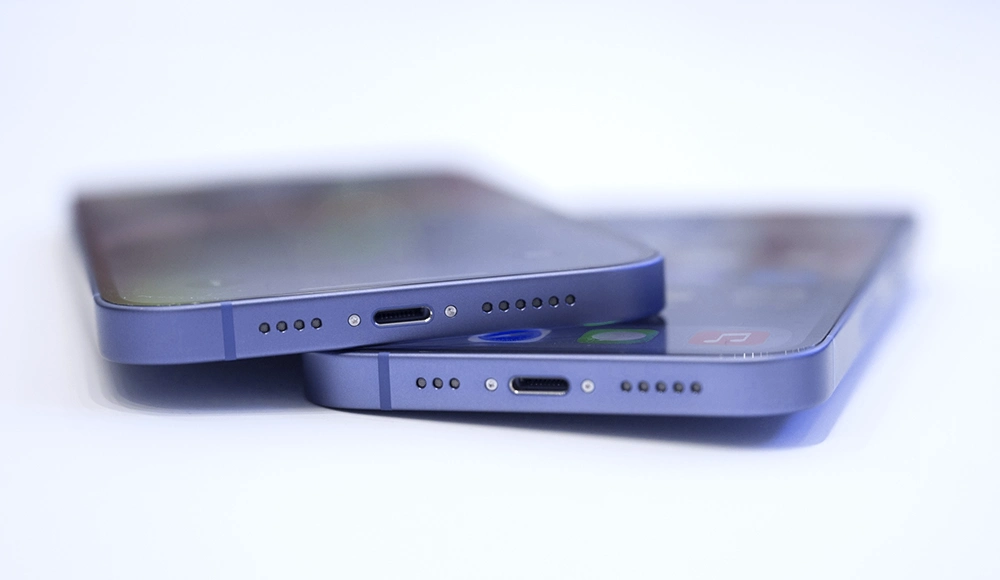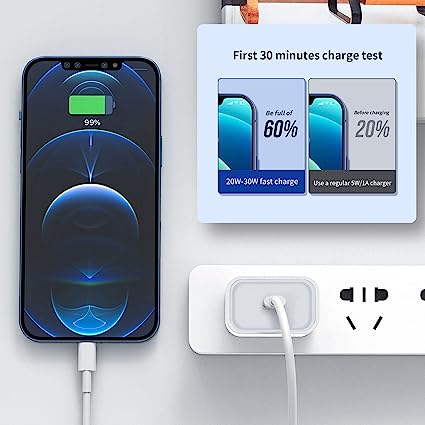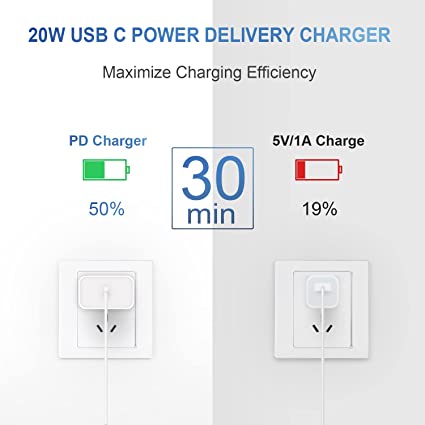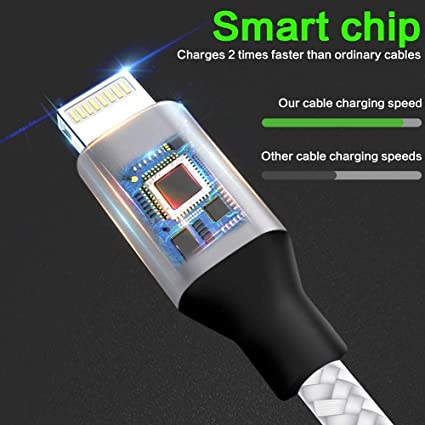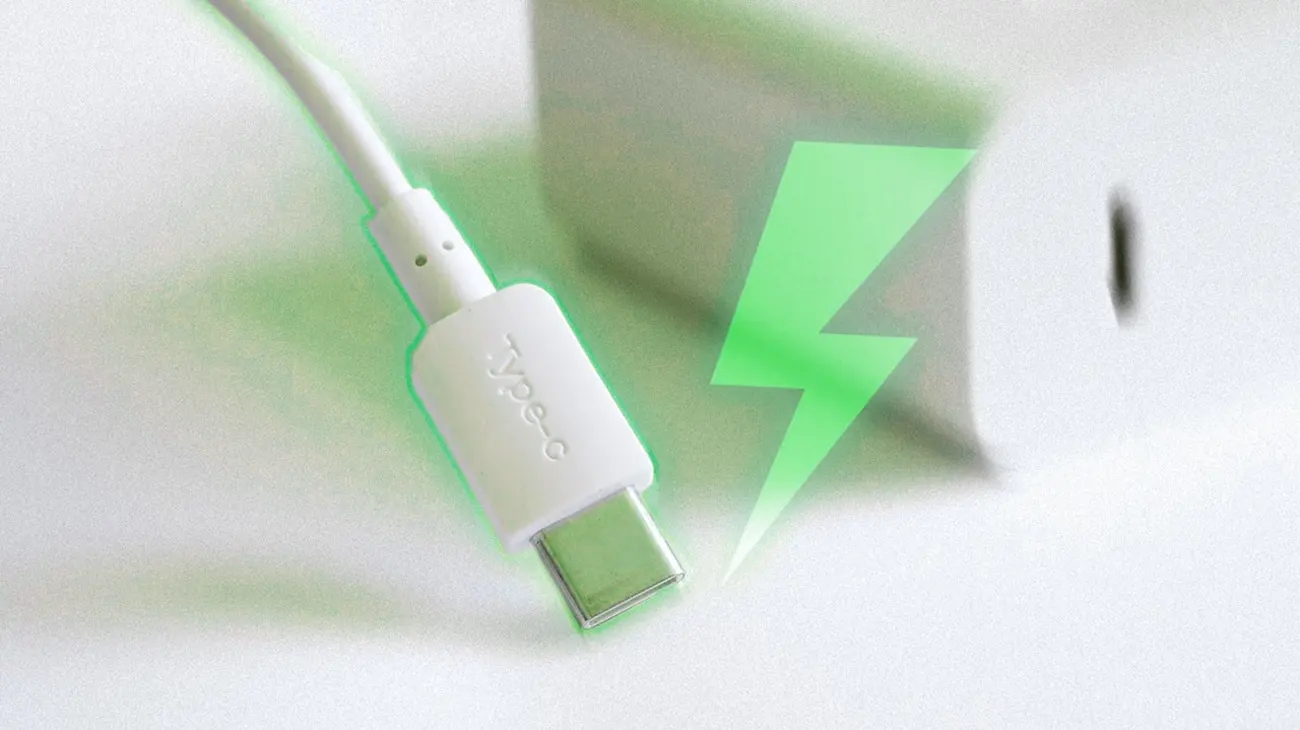The impact of DAC chips on audio applications.
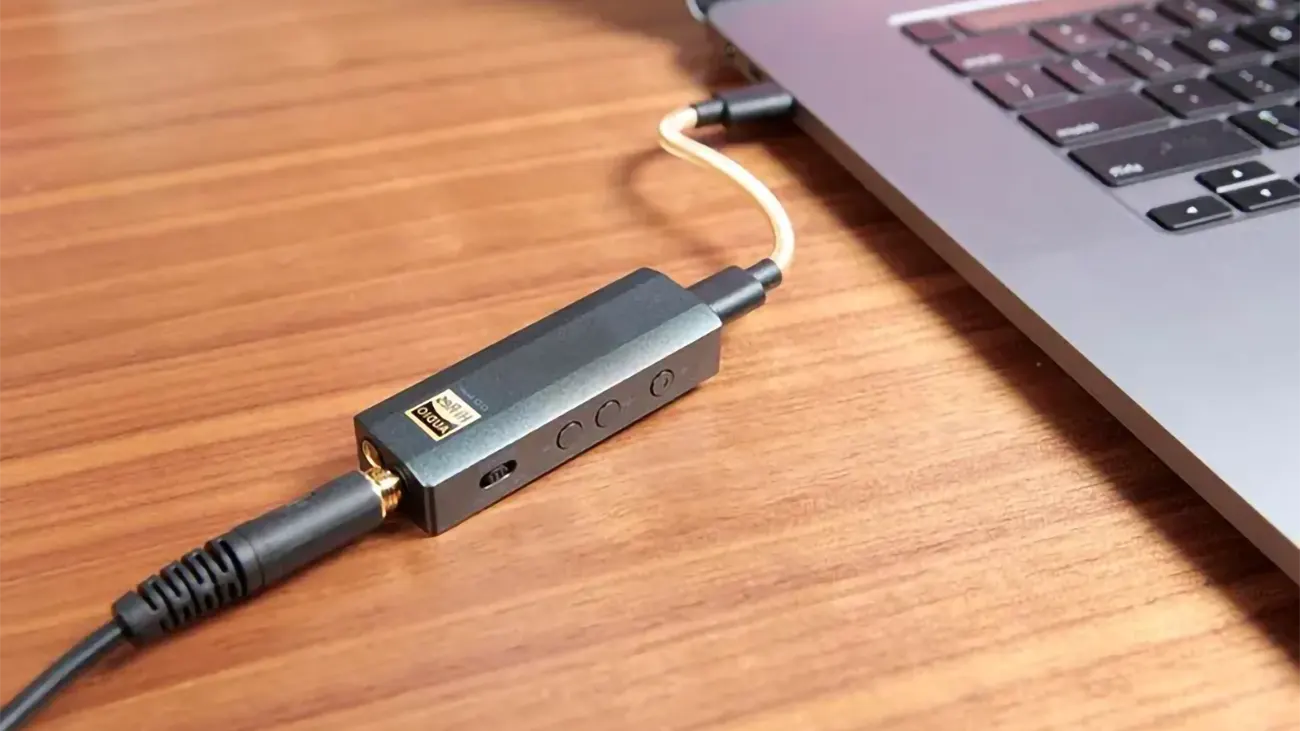
How Does the Integration of a DAC Chip Affect Audio Cable Design?
The integration of a Digital-to-Analog Converter (DAC) chip into audio systems profoundly influences audio cable design. As DACs play a crucial role in converting digital signals into analog, the quality of the audio output can be significantly affected by how they are integrated with the cables used in the audio chain. Here are several design considerations and how materials and construction methods impact DAC performance.
Design Considerations for Integration into Audio Cables
- Signal Integrity: When integrating a DAC chip, the primary concern is maintaining signal integrity. Audio cables must be designed to minimize interference and noise, ensuring that the analog signal remains as close to the original audio as possible. This involves selecting appropriate materials and shielding techniques to protect the signal from electromagnetic interference (EMI) and radio frequency interference (RFI).
- Impedance Matching: The output impedance of the DAC and the input impedance of the connected devices must be matched to optimize signal transfer and minimize reflections. This is particularly important in longer cable runs, where mismatched impedances can lead to signal degradation. Audio cables should be designed with the specific impedance characteristics of the DAC in mind to ensure compatibility with the entire audio system.
- Cable Length and Capacitance: Longer cables can introduce additional capacitance, which may affect the frequency response of the audio signal. The design of the audio cable must take into account the length and type of cable used to prevent excessive capacitance from degrading the audio quality. High-quality materials and construction methods, such as twisted pairs or low-capacitance dielectric materials, can help mitigate these effects when integrating a DAC chip.
- Connector Quality: The connectors used in audio cables also play a vital role in preserving audio quality. Poor-quality connectors can introduce resistance and potential points of failure. Therefore, integrating a DAC chip requires the use of high-quality connectors that provide a secure and low-resistance connection, which enhances the overall performance of the audio system.
Materials and Construction Methods Affecting DAC Performance
Now, it’s time to look at what type of material and construction will affect the function of DAC chips in audio cable.
- Cable Materials: The choice of materials in audio cables can significantly impact performance. For example, oxygen-free copper is often preferred due to its excellent conductivity and resistance to oxidation, which can degrade signal quality over time. Additionally, the use of high-quality dielectric materials can help reduce signal loss and distortion, contributing to clearer sound reproduction.
- Shielding Techniques: Effective shielding is crucial for protecting the analog signal from external noise and interference. Common shielding techniques include braided shields, foil shields, or a combination of both. These methods help prevent unwanted electromagnetic interference from affecting the signal as it travels through the cable, ensuring that the output from the DAC remains clean and precise.
- Cable Geometry: The geometry of the cable, including the arrangement of conductors and the overall design, can influence performance. For instance, twisted pair configurations can help cancel out electromagnetic interference and improve noise rejection. Additionally, maintaining proper spacing between conductors can minimize crosstalk, further enhancing audio quality.
- Termination Methods: The way audio cables are terminated can also impact performance. Soldering connections should be done with care to avoid introducing additional resistance or signal degradation. Using high-quality solder and ensuring solid connections will enhance the reliability and performance of the audio cable.
The integration of a DAC chip has significant implications for audio cable design. By considering factors such as signal integrity, impedance matching, and materials, designers can create audio cables that optimize the performance of DACs and enhance overall sound quality. High-quality construction methods and careful attention to detail are essential in ensuring that the audio signal remains pristine from the DAC output to the final listening device.
Materials and Construction Methods Affecting DAC Performance
Now, it’s time to look at what type of material and construction will affect the function of DAC chips in audio cable.
- Cable Materials: The choice of materials in audio cables can significantly impact performance. For example, oxygen-free copper is often preferred due to its excellent conductivity and resistance to oxidation, which can degrade signal quality over time. Additionally, the use of high-quality dielectric materials can help reduce signal loss and distortion, contributing to clearer sound reproduction.
- Shielding Techniques: Effective shielding is crucial for protecting the analog signal from external noise and interference. Common shielding techniques include braided shields, foil shields, or a combination of both. These methods help prevent unwanted electromagnetic interference from affecting the signal as it travels through the cable, ensuring that the output from the DAC remains clean and precise.
- Cable Geometry: The geometry of the cable, including the arrangement of conductors and the overall design, can influence performance. For instance, twisted pair configurations can help cancel out electromagnetic interference and improve noise rejection. Additionally, maintaining proper spacing between conductors can minimize crosstalk, further enhancing audio quality.
- Termination Methods: The way audio cables are terminated can also impact performance. Soldering connections should be done with care to avoid introducing additional resistance or signal degradation. Using high-quality solder and ensuring solid connections will enhance the reliability and performance of the audio cable.
The integration of a DAC chip has significant implications for audio cable design. By considering factors such as signal integrity, impedance matching, and materials, designers can create audio cables that optimize the performance of DACs and enhance overall sound quality. High-quality construction methods and careful attention to detail are essential in ensuring that the audio signal remains pristine from the DAC output to the final listening device.
What Are the Key Features to Look for in a High-Quality DAC Chip?
When selecting a high-quality Digital-to-Analog Converter (DAC) chip, there are several critical features to consider that can significantly influence audio performance and overall sound quality. Here’s a detailed overview of the key features to look for:
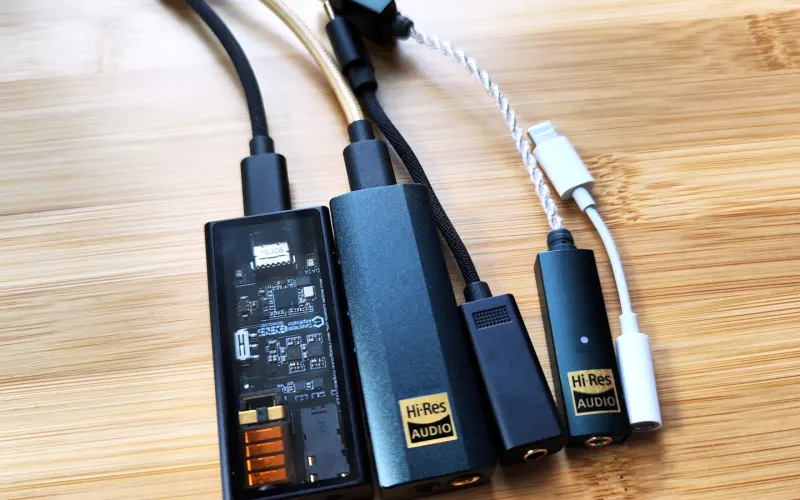
Bit Depth and Resolution
The bit depth of a DAC chip determines how accurately it can represent the amplitude of an audio signal. Higher bit depths, such as 24-bit, allow for a greater dynamic range and more subtle details in the audio output. This feature is crucial for achieving high-fidelity sound, particularly in high-resolution audio formats.
Sampling Rate
The sampling rate, measured in kilohertz (kHz), defines how many times per second the audio signal is sampled. A higher sampling rate (e.g., 96 kHz or 192 kHz) enables the DAC to reproduce high-frequency content more accurately. For most applications, a sampling rate of at least 44.1 kHz (the standard for CDs) is recommended, but higher rates are preferable for high-resolution audio playback.
Signal-to-Noise Ratio (SNR)
The signal-to-noise ratio measures the level of the desired audio signal compared to the level of background noise. A higher SNR indicates cleaner, clearer audio output, minimizing unwanted noise and distortion. Look for DAC chips with an SNR of 100 dB or higher for optimal performance.
Total Harmonic Distortion + Noise (THD+N)
THD+N measures the distortion introduced by the DAC in relation to the signal and is expressed as a percentage. A lower THD+N value indicates that the DAC produces a cleaner audio signal. Aim for DAC chips with THD+N values below 0.1% for high-quality sound reproduction.
Jitter Performance
Jitter refers to timing inaccuracies in the digital signal that can lead to distortion. High-quality DAC chips incorporate advanced jitter reduction techniques, such as high-precision clocking or asynchronous sampling methods. These features help ensure accurate audio playback by minimizing jitter-related artifacts.
Output Stage Configuration
The output stage of a DAC determines how it interfaces with other audio equipment. Look for DACs with versatile output options (e.g., voltage or current output) to ensure compatibility with various amplifiers and speakers. A low output impedance is generally desirable as it can drive a wide range of loads without affecting frequency response.
Digital Filter Options
Many DAC chips come with built-in digital filters that can shape the audio signal before conversion. Look for DACs that offer user-selectable filter types (e.g., FIR, IIR) and settings to customize the audio output according to your listening preferences. This flexibility can enhance the overall sound experience.
Power Supply Requirements
The power supply quality and stability can impact DAC performance. High-quality DAC chips often feature robust power supply designs, which can help reduce noise and improve overall sound quality. Look for DACs that can operate with a clean, stable power supply to ensure optimal performance.
Integration and Compatibility
Consider the integration options of the DAC chip, including support for various digital input formats (USB, SPDIF, I2S, etc.). Ensure that the DAC is compatible with your existing audio equipment, and check if it supports high-resolution audio formats for enhanced playback quality.
Build Quality and Brand Reputation
Finally, the build quality of the DAC chip and the reputation of the manufacturer are essential factors. Choose DACs from reputable brands known for their commitment to audio quality and reliability. High-quality components and construction can lead to better longevity and performance.
the DAC is the heart of any audio system, responsible for converting digital signals into analog waveforms that can be amplified and played through speakers or headphones.
The above factors we list here can significantly affect the audio performance and overall sound quality. So be mindful of these features. At APPHONE, we support the customized production of audio cables, headphones, and HUB adapters with high-quality DAC chips that meet these stringent performance criteria. Our expertise in integrating premium DAC technology ensures you can enjoy exceptional audio fidelity and an immersive listening experience.
How Do Different Audio Applications Benefit from DAC Noise Reduction Chips?
Digital-to-Analog Converter (DAC) noise reduction chips play a vital role in various audio applications by enhancing sound quality and ensuring clearer audio playback. Different audio applications have unique requirements, and DAC noise reduction chips cater to these needs in several ways. Here’s a look at how specific audio applications benefit from these specialized DAC chips:
Home Audio Systems
In home audio systems, achieving high-fidelity sound is essential for an immersive listening experience. DAC noise reduction chips help minimize unwanted noise and distortion, resulting in clearer sound reproduction. By improving the signal-to-noise ratio (SNR) and reducing jitter, these chips enhance the overall quality of music playback, making them ideal for audiophiles who seek accurate sound reproduction.
Professional Audio Equipment
In professional audio environments, such as recording studios and broadcasting facilities, the quality of the audio signal is paramount. DAC noise reduction chips are crucial in these settings as they ensure that recordings maintain their integrity by reducing background noise and artifacts. This leads to more precise mixing and mastering, allowing sound engineers to deliver high-quality audio for various media formats.
Portable Audio Devices
Portable audio devices, including smartphones, digital audio players, and headphones, often face challenges with space and power constraints. DAC noise reduction chips help optimize audio performance in these compact devices by providing high-quality audio conversion without significant power consumption. This results in extended battery life while delivering clear and detailed audio, making it an attractive feature for users on the go.
Gaming Consoles
In gaming applications, the audio experience can significantly impact immersion and enjoyment. DAC noise reduction chips improve the clarity and detail of in-game audio, allowing players to hear subtle cues, such as footsteps or ambient sounds, with greater precision. By minimizing noise and distortion, these chips enhance the overall gaming experience, making it more engaging and realistic.
Telecommunication Devices
For telecommunication applications, such as smartphones and VoIP systems, clear voice communication is essential. DAC noise reduction chips enhance voice quality by reducing background noise and artifacts during calls. This results in more intelligible conversations and a better user experience, particularly in noisy environments.
High-Resolution Audio Playback
High-resolution audio formats, such as FLAC and DSD, require high-quality DACs to accurately reproduce the sound without loss of detail. DAC noise reduction chips play a critical role in this context by ensuring that the audio signal remains free from noise and distortion. By maintaining audio fidelity, these chips allow listeners to fully appreciate the nuances and depth of high-resolution recordings.
Home Theater Systems
In home theater systems, the audio experience is as crucial as the visual one. DAC noise reduction chips help deliver clear and immersive sound, enhancing the overall viewing experience. By reducing unwanted noise and improving clarity, these chips ensure that dialogue, sound effects, and music are rendered accurately, making movies and shows more enjoyable.
Musical Instruments
Electronic musical instruments, such as synthesizers and digital pianos, benefit from DAC noise reduction chips as they help ensure that the audio output is clean and true to the original sound. This is particularly important for live performances and recordings, where audio quality can significantly influence the overall performance.
As we can see, DAC noise reduction chips are essential in a wide range of audio applications, from home entertainment to professional audio equipment, by improving sound quality, clarity, and overall user experience.
Why Should Consumers and Manufacturers Care About DAC Chips in Audio Cables?
DAC chips in audio cables are becoming increasingly important for both consumers and manufacturers. For consumers, DAC integration provides significant audio quality benefits. By digitally converting signals to analogue sound waves, DACs allow cables to reproduce music and other audio more accurately, resulting in clearer and richer sound for listeners. DAC-equipped cables also support high-resolution audio formats like Hi-Res Audio that standard analogue-only cables cannot handle. This allows consumers to experience their music in closer-to-studio quality. Additionally, because DAC cables can adapt as audio formats evolve to even higher resolutions, they offer consumers the advantage of future-proofing and not having to replace cables as standards change.
For audio equipment manufacturers, including DAC functionality, adds value that differentiates their products from more basic cables lacking this feature. This attracts more discerning audiophile customers focused on audio quality. DAC integration also opens up new market opportunities in the growing high-resolution audio segment, giving manufacturers a competitive edge over brands relying solely on analogue designs. Early adoption of DAC technology builds a reputation for manufacturers leading the way with the latest innovations, attracting loyal fans of the highest standards. At APPHONE our focus is on integrating DACs to help our customers future-proof audio cable products so they don’t become outdated as quickly if audio resolutions continue to progress in the future.
We offer a variety of audio cable solutions for different needs, such as headphone adapters, audio auxiliary cables, USB-C earphones and Lightning earphones. Our solutions cover current standards as audio technology continues to progress. So, this focus on quality control, from cable materials to audio transmission, translates to superior products for consumers. Contact us today, if you’re looking for a reliable audio partner. Quality is paramount at every stage of our manufacturing process. This includes aspects like cable length, materials used, appearance design, and ensuring clear, high-quality audio transmission. APPHONE has the capability to customize cables according to specific requirements.
Do I need a DAC chip?
If you listen to digital formats, you will always require a DAC. For instance, even a CD player includes a DAC to convert the digital data stored on the disc into electrical analog signals. This component is usually hidden within the PCB circuitry.
Does DAC improve sound quality?
Yes, a DAC can enhance sound quality. The process of converting digital to analog can be intricate, and a high-quality DAC can provide superior sound clarity, detail, and separation compared to a low-quality DAC or an integrated sound card.
How does a DAC change sound?
A DAC improves audio quality by converting digital audio files into analog sound waves, enabling audio systems to produce higher-quality sound than ever before.
What is the principle of a DAC?
In essence, DACs operate simply: a binary number at the input generates a corresponding voltage at the output. A key specification for a DAC is how quickly the output voltage stabilizes at the desired value. The DAC’s slew rate should align with the acquisition rate of the ADC.
Is DAC analog or digital?
DAC stands for digital-to-analog converter. It takes digital data and converts it into an analog audio signal. When you listen to a recording on a CD player or your phone, you are actually hearing an analog signal that originated from a digital file.
Share This Artcle:

Fast delivery
Fastest delivery within 22 days

Quick proofing
Fastest 3-day proofing cycle

After-sale protection
24-month long warranty

1V1Customer Service
Professional customer service follow-up


